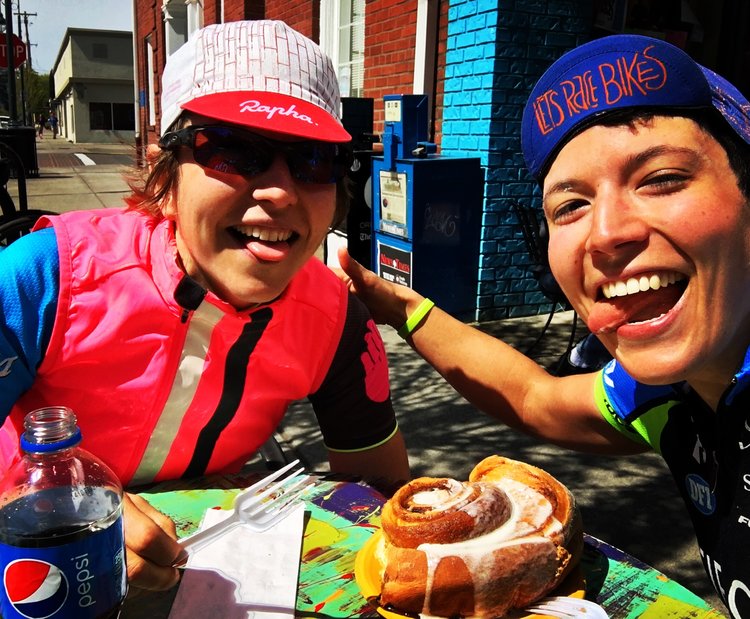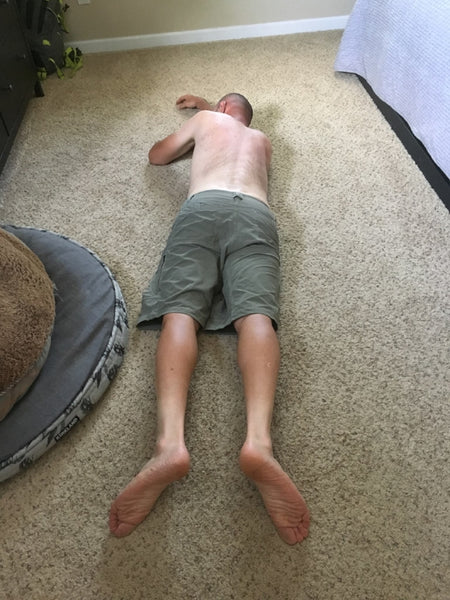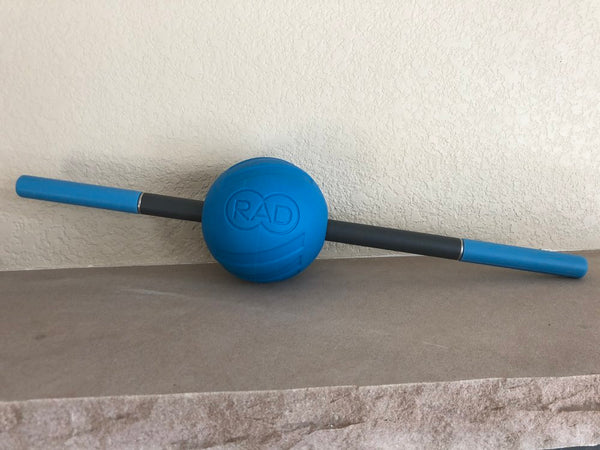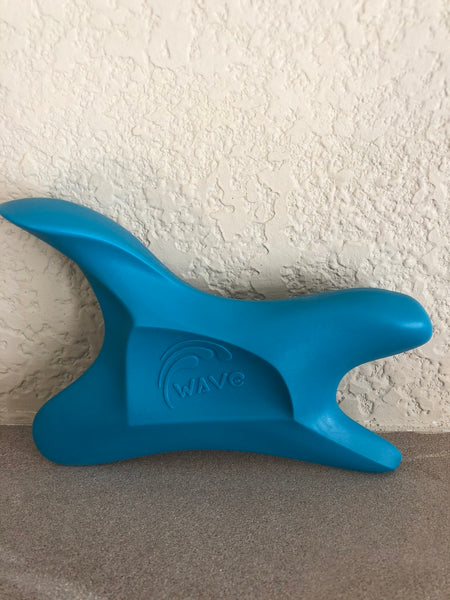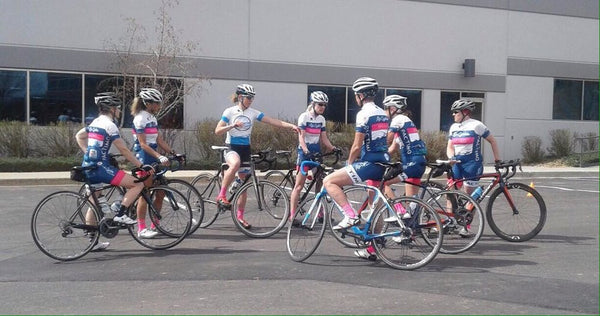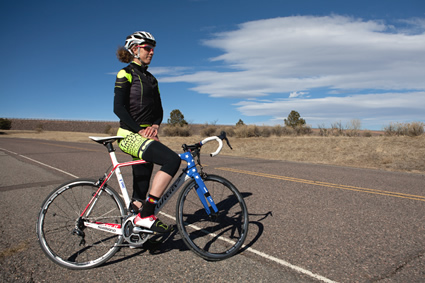by Brianna "Brie" Walle
One of the more common injury types amongst cyclists are shoulder-related. We spend countless hours bent over on the bike (in combination with desk-work) which lead to "rolled shoulders" / poor posture and eventually, injury.
Many factors contribute to shoulder issues: a poor bike fit, lack of core strength, hours working at a desk, incorrect handlebar/stem size, etc. The 1st goal is to locate the root of the issue contributing to your pain and try to resolve. This might mean bike modifications or taking more breaks to stand up form desk work. The 2nd goal is to keep up with shoulder-strength and chest-stretches/openers as part of your strength/stretching routine.
Typically, as cyclists, we have a strong, tight front-end (Pectorals aka "pecs") and weak, out-stretched back-end-shoulder and back muscles (specifically: Trapezius aka "Traps", Deltoids, Rhomboideus Minor/Major aka "Rhomboids" and scapular stabilizing muscles to name a few. This is due to the nature of the bike position and being hunched over. In my own experience, I had kept up with other strength work but failed to focus on strengthen my shoulders and stretch my pecs. I also worked at a desk for many years. The combination ultimately contributed to poor posture. I've incorporated the exercises into my strength routine, my posture has improved, and I'm feeling far less pain. These are easy to do on the road, at home, or in the gym.
Stretching/Self-Massaging - I do the below 2 x's a day, 20-30 sec holds
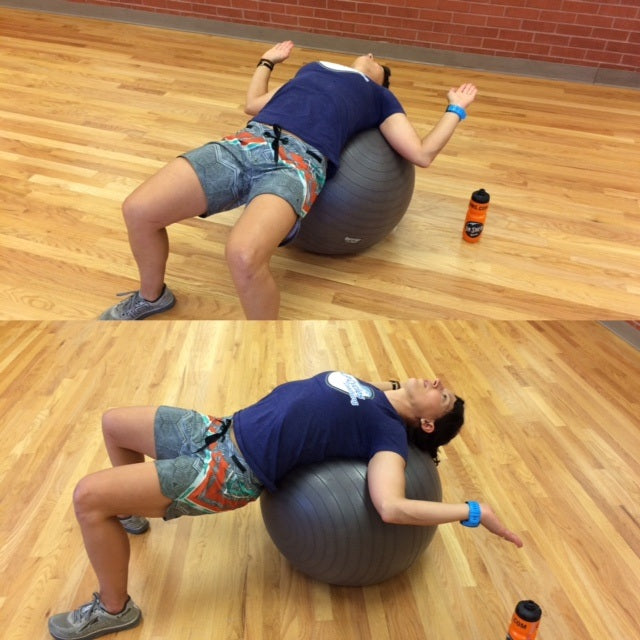
Pec Opener w/stability/exercise ball - Elbows bent at 90 degrees, palms to the sky, rotate shoulders away from ears and back. Do in several ranges until you feel the sweet spot.
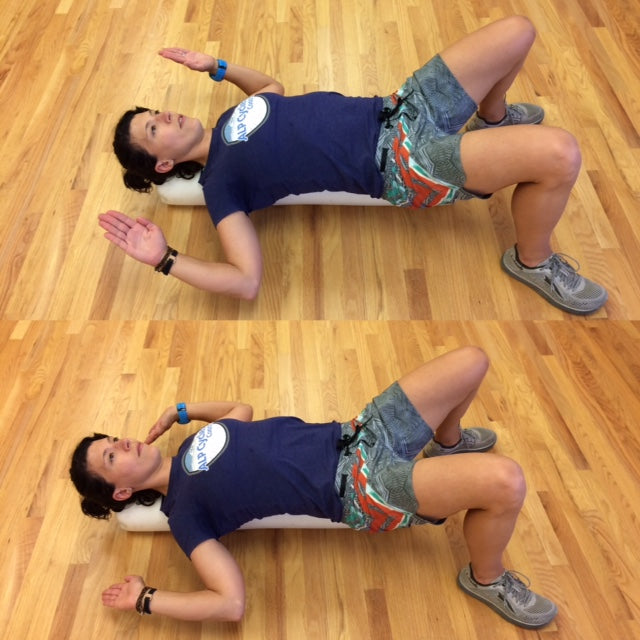
Pec opener with full-size foam roller - Similar to using the stability ball, but using a full-length foam roller. Try different angles to feel the stretch.
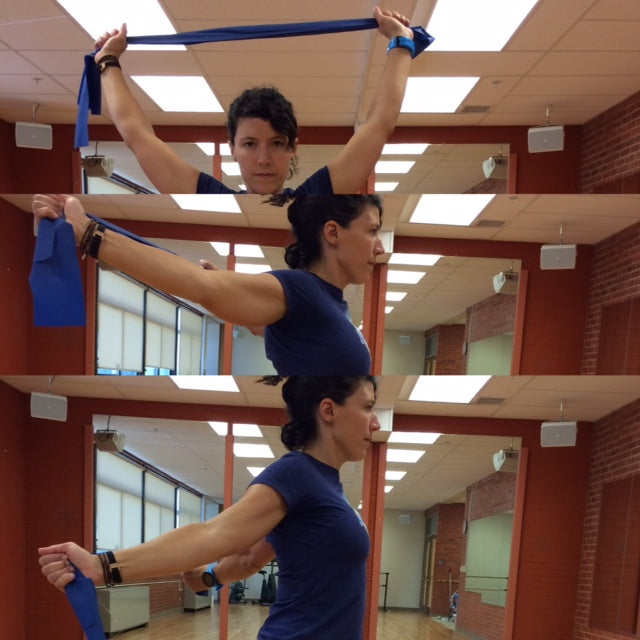
Pec opener: Use a Theraband or something similar (yoga rope or bathrobe belt) Start overhead and rotate hands/back and behind. Shoulders are away from ears and rotated back.
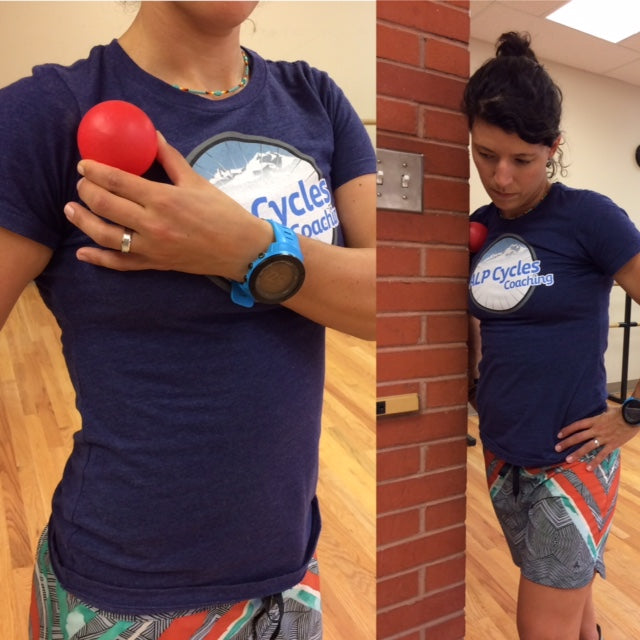
Pec Smash: Use a tennis ball, lacrosse ball or racketball. Find that sweet spot and use the wall to control pressure.
Strengthening - I do the below 3-4 times a week, 2 sets of 10-15 reps. I find using a theraband is sufficient, easy to do at home, and easy to pack away for travel. I'll also use weighted machines in place of a theraband.
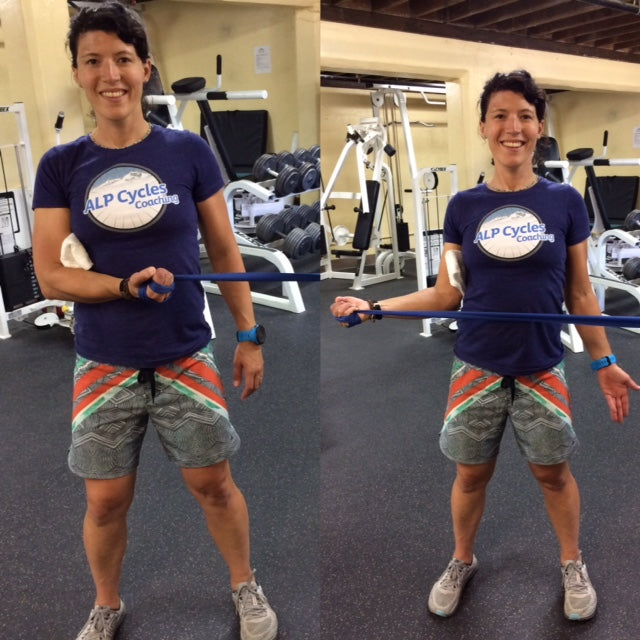
Theraband External Rotation - (works Rotator Cuff) Palms facing sky, place towel between elbow and side to keep shoulder stabilized, rotate palm away keeping shoulder still.
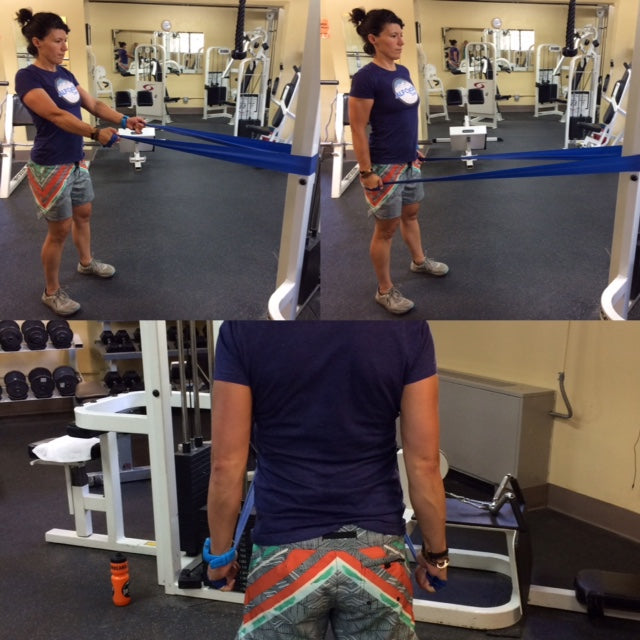
Theraband Scapular stabilizing - Grip as if you're holding ski poles. Arms at just below chest height, drop shoulders back and down (away from ears). Squeeze shoulders as if you're squeezing a pencil between your shoulder blades. Pull the band down and back.
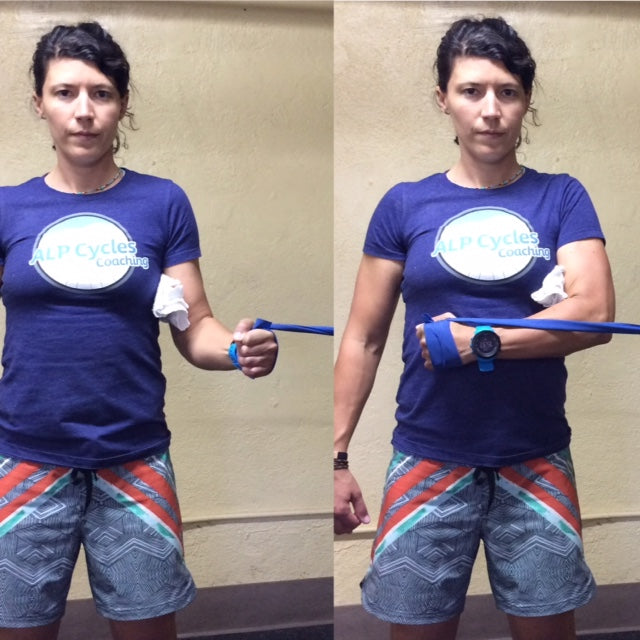
Theraband Internal rotation: (works Rotator Cuff) Same from external rotation exercise, this time rotating internally.
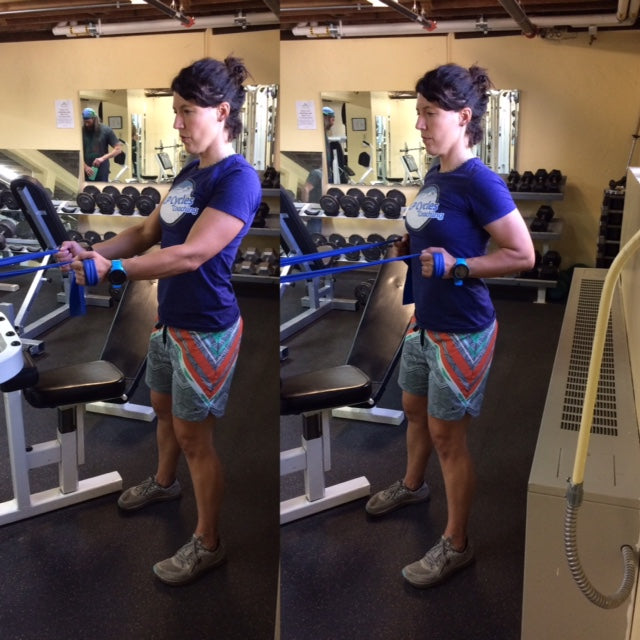
"Mid-row" w/Theraband - Drop shoulders back and down (away from ears), pull at 90 degree angle, squeeze between shoulder blades.

Seated Mid-Row: Same as above but weighted.
. . . . . . . . . . . . . . . . . . . . . . .
ABOUT BRIANNA "BRIE" WALLE
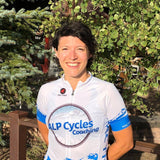
Brie is originally from Portland, Oregon and comes from a multi-sport background. Alpine ski racing and cross-country running were her early specialties, but cycling has always been #1.
Brianna has close to a decade of racing experience, including Cyclocross. She joins us after racing 5 years on UCI international teams TIBCO-Silicon Valley Bank and Optum Por Cycling p/b Kelley Benefit Strategies (currently known as "Rally Cycling"). She was a General Classification (G.C.) rider with strengths in individual and Team Time Trial. Her proudest moments include winning the 2016 North Star Grand Prix, 2014 Tour de Feminin (Czech), 2015 USA Team Time Trial National Championship and working for Mara Abbott (USA National Team) at the 2013 Giro Rosa.
Brianna specializes in: Road racing and tactics, cyclocross and exceptional communication skills.. She is looking forward to passing on her knowledge and assisting her athletes in reaching their full potential.
]]>
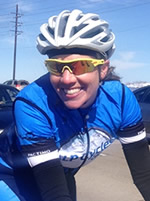 Jennifer Sharp, a USA Cycling Level 1 Coach, started racing in 2004 as a means to fulfill her competitive itch. Previously a national level boxer, she grew tired of getting hit in the head and decided to pound the pedals instead. She bought a pink Kona road bike completing several recreational rides and found herself passing as many people as possible. Since then she has multiple podiums at elite track national championships, master track national championship titles and world cup finishes under her belt.
Jennifer Sharp, a USA Cycling Level 1 Coach, started racing in 2004 as a means to fulfill her competitive itch. Previously a national level boxer, she grew tired of getting hit in the head and decided to pound the pedals instead. She bought a pink Kona road bike completing several recreational rides and found herself passing as many people as possible. Since then she has multiple podiums at elite track national championships, master track national championship titles and world cup finishes under her belt. 

